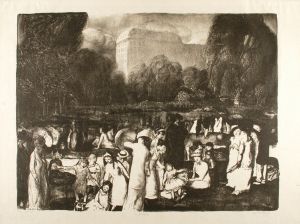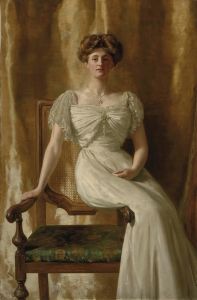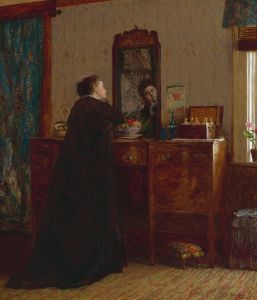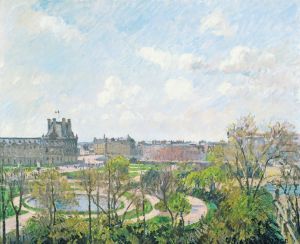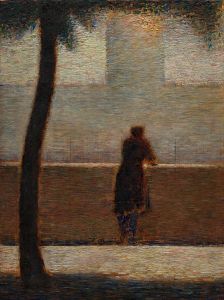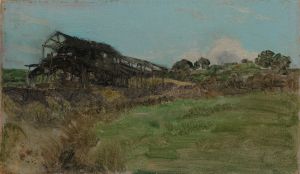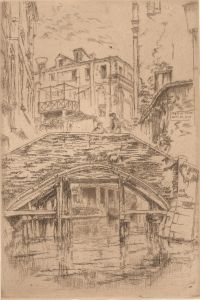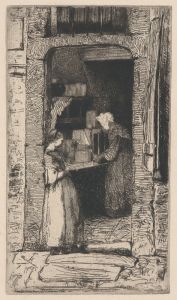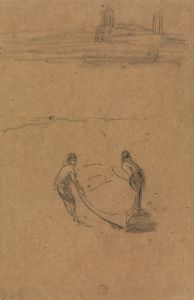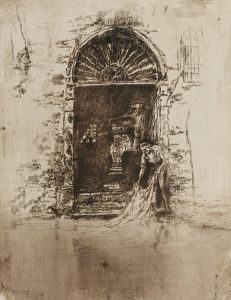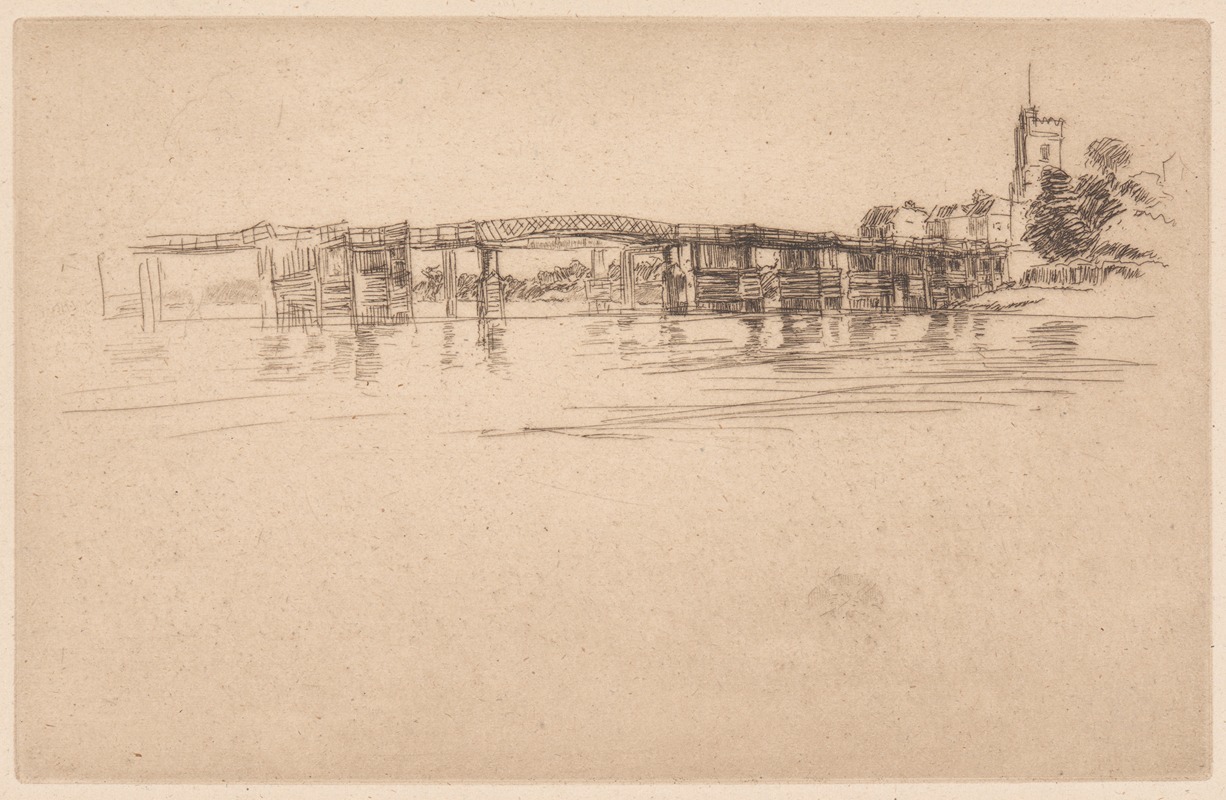
The Little Putney, No. 1
A hand-painted replica of James Abbott McNeill Whistler’s masterpiece The Little Putney, No. 1, meticulously crafted by professional artists to capture the true essence of the original. Each piece is created with museum-quality canvas and rare mineral pigments, carefully painted by experienced artists with delicate brushstrokes and rich, layered colors to perfectly recreate the texture of the original artwork. Unlike machine-printed reproductions, this hand-painted version brings the painting to life, infused with the artist’s emotions and skill in every stroke. Whether for personal collection or home decoration, it instantly elevates the artistic atmosphere of any space.
James Abbott McNeill Whistler was an American artist known for his significant contributions to the art world during the late 19th century. He is particularly recognized for his innovative approach to painting and his influence on the aesthetic movement. One of his lesser-known works is "The Little Putney, No. 1," which, like many of Whistler's works, reflects his unique style and artistic philosophy.
Whistler was born in Lowell, Massachusetts, in 1834 and spent much of his early life in Europe. He was heavily influenced by the artistic movements of his time, including Impressionism and Japonism, which is evident in his use of color and composition. Whistler's work often focused on the harmony and balance of color and form, rather than on detailed representation, which was a departure from the more traditional styles of his contemporaries.
"The Little Putney, No. 1" is a part of Whistler's exploration of landscapes and cityscapes, capturing the essence of a location with subtlety and nuance. Whistler was known for his ability to convey mood and atmosphere through his paintings, often using a limited color palette and delicate brushwork. This approach is evident in "The Little Putney, No. 1," where Whistler's attention to tonal harmony and composition is apparent.
Whistler's technique often involved the use of thin layers of paint, allowing him to create a sense of depth and luminosity. This method is consistent with his belief in "art for art's sake," where the aesthetic quality of the work is paramount. His landscapes, including "The Little Putney, No. 1," often feature a sense of tranquility and stillness, inviting viewers to appreciate the beauty of the scene itself.
Throughout his career, Whistler faced both acclaim and criticism. His work was sometimes controversial due to its departure from traditional artistic norms. However, he remained steadfast in his artistic vision, influencing future generations of artists. Whistler's emphasis on mood and atmosphere, as well as his innovative use of color and composition, left a lasting impact on the art world.
"The Little Putney, No. 1" exemplifies Whistler's ability to capture the subtle beauty of everyday scenes. While specific details about the painting's creation and history may not be extensively documented, it remains a testament to Whistler's skill and artistic philosophy. His work continues to be celebrated for its contribution to the development of modern art, and "The Little Putney, No. 1" is a part of this enduring legacy.
In summary, James Abbott McNeill Whistler's "The Little Putney, No. 1" reflects the artist's dedication to capturing the essence of a scene through careful attention to color, composition, and mood. While not as widely known as some of his other works, it remains an important piece within his oeuvre, illustrating his commitment to the principles of aesthetic beauty and artistic innovation.





